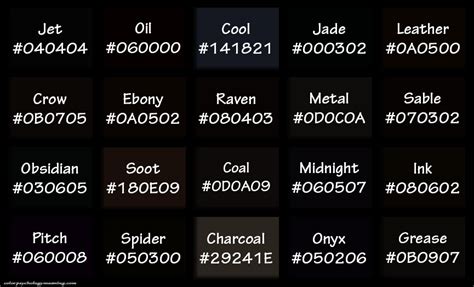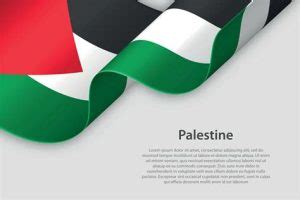Background
The Palestinian colors ribbon pin is a symbol of unity and resistance for the Palestinian people. It consists of three horizontal stripes of black, green, and red, representing the different aspects of the Palestinian struggle.

History
The colors of the Palestinian flag were first adopted in 1916 by the Arab Revolt against the Ottoman Empire. The black stripe represents the Abbasid Caliphate, the green stripe represents the Fatimid Caliphate, and the red stripe represents the Umayyad Caliphate.
The first Palestinian colors ribbon pin was created in 1920 by the Palestinian artist and activist Najla al-Attar. She used the colors of the Palestinian flag to create a pin that would be worn by Palestinian women as a symbol of their support for the Palestinian national movement.
Symbolism
The Palestinian colors ribbon pin has become a powerful symbol of Palestinian unity and resistance. It is worn by Palestinians around the world to express their pride in their heritage and to show their support for the Palestinian cause.
The black stripe represents the suffering and oppression that the Palestinian people have endured. The green stripe represents hope and prosperity for the future. The red stripe represents the blood that has been shed in the struggle for Palestinian liberation.
Common Uses
The Palestinian colors ribbon pin is commonly used as a symbol of:
- Unity: The pin brings together Palestinians from all walks of life, regardless of their political or religious beliefs.
- Resistance: The pin is a symbol of the Palestinian people’s resistance to occupation and oppression.
- Hope: The pin represents the hope of the Palestinian people for a just and lasting peace.
Benefits
Wearing a Palestinian colors ribbon pin can have a number of benefits, including:
- Increased awareness: The pin can help to raise awareness about the Palestinian cause.
- Solidarity: The pin can show solidarity with the Palestinian people.
- Community building: The pin can help to build a sense of community among Palestinians.
Common Mistakes to Avoid
There are a few common mistakes that people make when wearing a Palestinian colors ribbon pin. These include:
- Wearing the pin upside down: The black stripe should be at the top of the pin, followed by the green stripe and the red stripe.
- Wearing the pin on the wrong side: The pin should be worn on the left side of the chest, over the heart.
- Wearing the pin with other symbols: The Palestinian colors ribbon pin should not be worn with other symbols, such as the Israeli flag or the Star of David.
FAQs
Q: What is the meaning of the Palestinian colors ribbon pin?
A: The Palestinian colors ribbon pin is a symbol of unity, resistance, and hope for the Palestinian people.
Q: When was the first Palestinian colors ribbon pin created?
A: The first Palestinian colors ribbon pin was created in 1920 by the Palestinian artist and activist Najla al-Attar.
Q: How is the Palestinian colors ribbon pin commonly used?
A: The Palestinian colors ribbon pin is commonly used as a symbol of unity, resistance, and hope for the Palestinian people. It is worn by Palestinians around the world to express their pride in their heritage and to show their support for the Palestinian cause.
Q: Are there any common mistakes to avoid when wearing a Palestinian colors ribbon pin?
A: Yes, there are a few common mistakes that people make when wearing a Palestinian colors ribbon pin. These include wearing the pin upside down, wearing the pin on the wrong side, and wearing the pin with other symbols.
